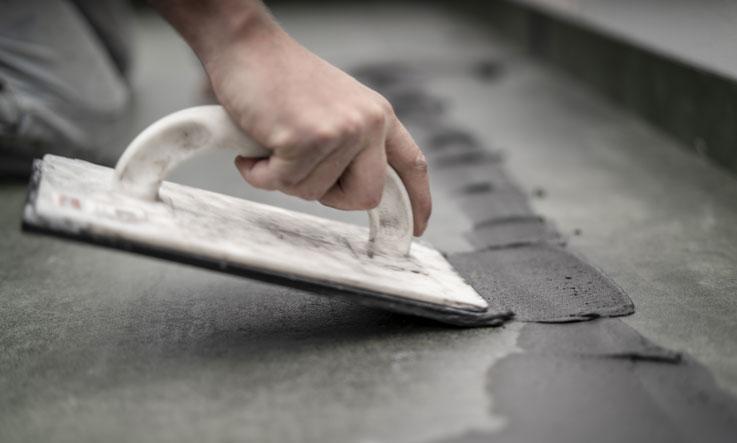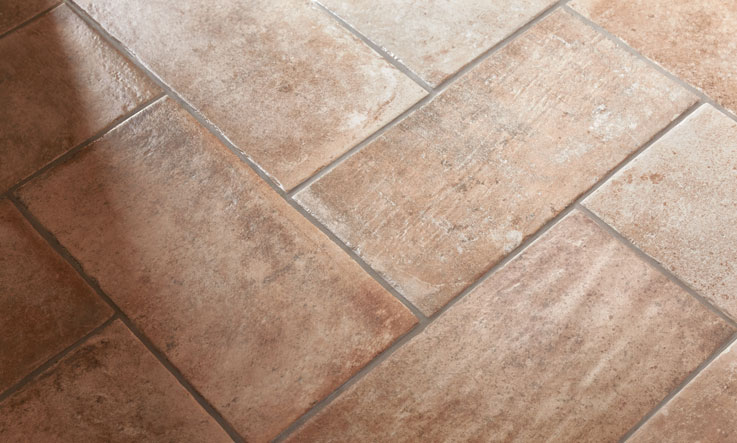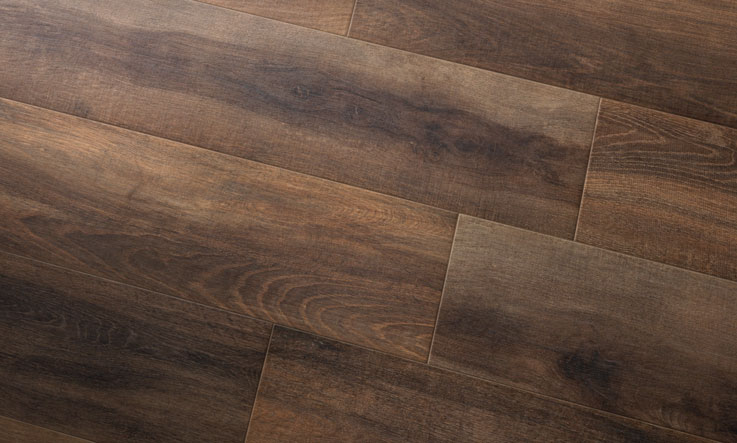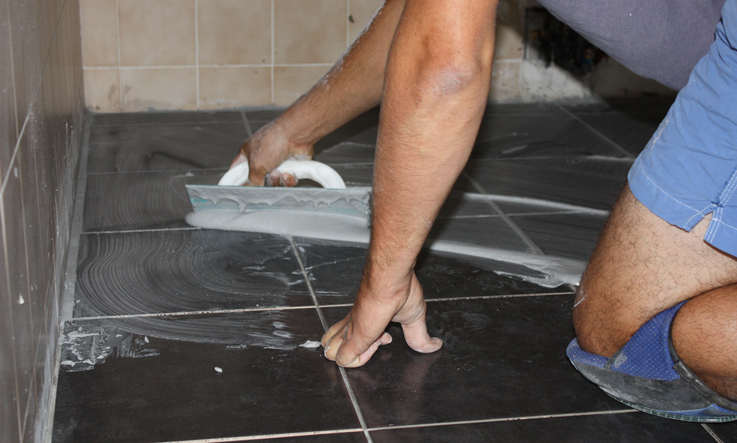
Tile joints and grouts: let's find out more about them
One of the most recurrent problems when choosing a flooring is to determine the width of the joint and the grout to use. The request that a tile layer hears the most is: "But can't you just leave it out?", since the joint is often seen as an unesthetic habit of the past and not as a necessary expedient to safeguard the durability of the flooring over time.
The joint

The joint between the tiles, which is the space that must be left between one tile and another, is in fact the most effective way to prevent the risk of breakage due to the settlement of the structure and thermal stresses. It is therefore a necessary "evil", if we consider the joints to be an unsightly element of the flooring or covering, but with the advent of the latest generation grouts, this element becomes almost invisible and almost a design element.
The normally recommended joint is 3 mm wide, because it can absorb most of the usual expansions and settlements, but if we are talking about a rectified product, it can be as low as 2 mm (the minimum size required by installation standards). It is also possible to install a product with a joint below 2 mm, but in this case the tile layers may not take responsibility on the final result. Some tiles or more complicated laying solutions may require even 4 or 5 mm joints, a classic example are terracotta effect tiles with irregular edges, outdoor tiles or installations with multiple formats. In the outdoor area, a 5 mm wide joint is almost mandatory given the greater thermal and hydrometric stresses that these types of floorings undergo.

As previously anticipated, the joints are now starting to be considered as an integral part of house decoration. Thanks to the new products on the market, in fact, the grout helps to create design environment. Nowadays, unlike in the past when the grouts for tiles were only grey or white, there are different available shades that can satisfy the most diverse needs, whether you try to hide the joints by opting for a shade that matches the ceramic covering, or select a contrasting shade to highlight the joints, converting them into a design element.
The grouts

Today there is a wide variety of grouts on the market that differ not only in color but above all in the chemical composition that determines their technical characteristics and recommended use. Without going into details by naming the different commercial names, produced by leading companies in this field such as Mapei, Kerakoll or Litokol, we hereby try to identify the different types of grouts on the market and their main differences.
CEMENTITIOUS GROUT
It is the most widespread and used grout, each manufacturer has its own chemical formula, but generally the composition is based on cement, calcium carbonate and hydraulic lime, in addition to colouring pigments. Another very important factor to take into consideration while choosing a grout is the particle size. Fine-grained, medium-large and coarse-grained respond to different aesthetic needs. Usually the grouts for indoor floorings recall a finer, more elegant grain, while for a brick-effect covering, for example, a coarse-grained grain is preferable which recalls the concrete that is used in outdoor brick walls. In general, it can be said that this type of grout has excellent resistance to abrasion, good resistance to water, alkaline chemicals and also good resistance to the proliferation of fungi and bacteria. Some products also include crystalline silica and other components thanks to which the colour is uniform along the entire joint, while not producing efflorescence in the hydration phase. In addition, it is more elastic, waterproof, but with less abrasion resistance.
EPOXY GROUT
Born for particular installation needs such as, for example, the grouting of coverings in saunas or swimming pools, it soon spread universally and became widely used also in residential environments. Thanks to its superior technical characteristics in terms of elasticity, abrasion resistance, chemical resistance and water repellence, it is a valid alternative to the more common cement grout. The very wide range of colours also makes it possible to identify the colour tone that best matches the tile, without having to take compromises. The reasons for this excellent performance obviously lie in the composition of these polymers which provide the best result if based on solvents, making them not really recommended for home use. There are also water-based versions, that are much less impacting, but also less effective in terms of results, and which also can be used in domestic environments. Beyond the volatile substances that could potentially be released by solvents over time, epoxy grouts have also some other contraindications. Lighter colors, for instance, will tend to become yellow over time due to exposure to UV rays and, more importantly, cleaning after installation is vital. These silicone grouts, in fact, tend to leave unesthetic halos, which require significant efforts to be eliminated later if they are not removed immediately after laying. Finally, if the installation of mosaics with satin glass tiles is required, we do not recommend using them in order to avoid opacifying and damaging the mosaic.
Grouting the tiles, therefore, is not only a way of safeguarding their durability, but also of hiding possible imperfections and, above all, of giving an identity and a specific style to each tile.
To sum up:
• fine-grained cementitious grout for up to 6 mm wide joints but recommended for 2/3 mm wide joints. The grouting is smooth and compact for an extremely elegant final effect.
• coarse-grained cementitious grout for between 4 and 15 mm wide joints. Normally used for outdoor tiles or for tiles with rustic finishes.
• two-component epoxy grout: maximum resistance to acids and total waterproofing make it ideal for humid environments such as bathrooms and kitchens, but also for commercial and industrial premises and in all those areas where very high hygiene standards are required.
There are also several other technical sealing materials, created for particular uses which we list here for completeness of information, but which will not serve you except for specific cases.
Quick-setting grout for the joints of stoneware tiles in commercial premises with high traffic.
Three-component epoxy sealants for storage and handling of hydrocarbons.
Two-component polyurethane sealants for installation in warehouses or supermarkets.
Acrylic sealants suitable for both ceramic tiles and natural stone, as they do not stain even the most absorbent materials.
Silicone sealants, suitable for grouting expansion joints, thanks to their very high elasticity